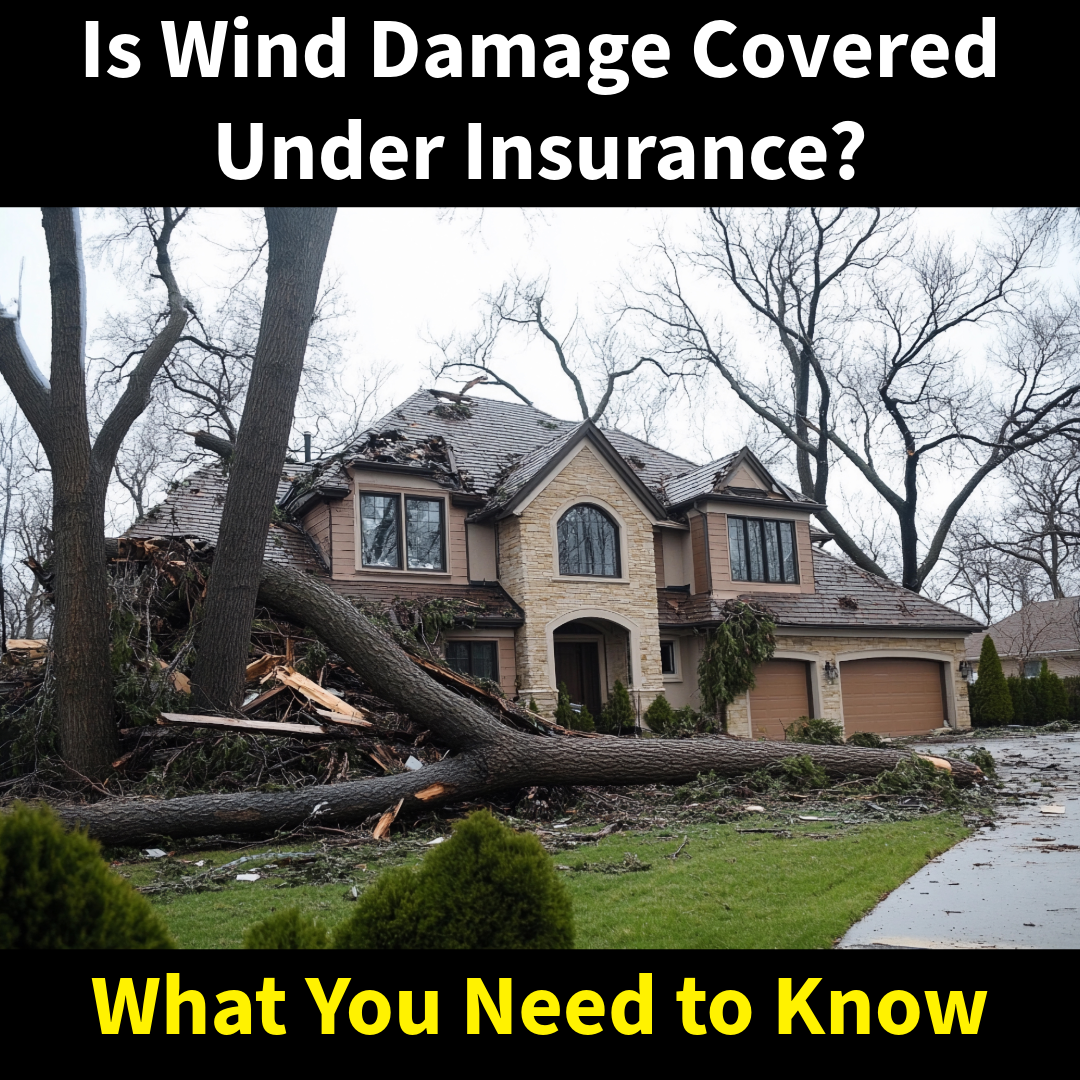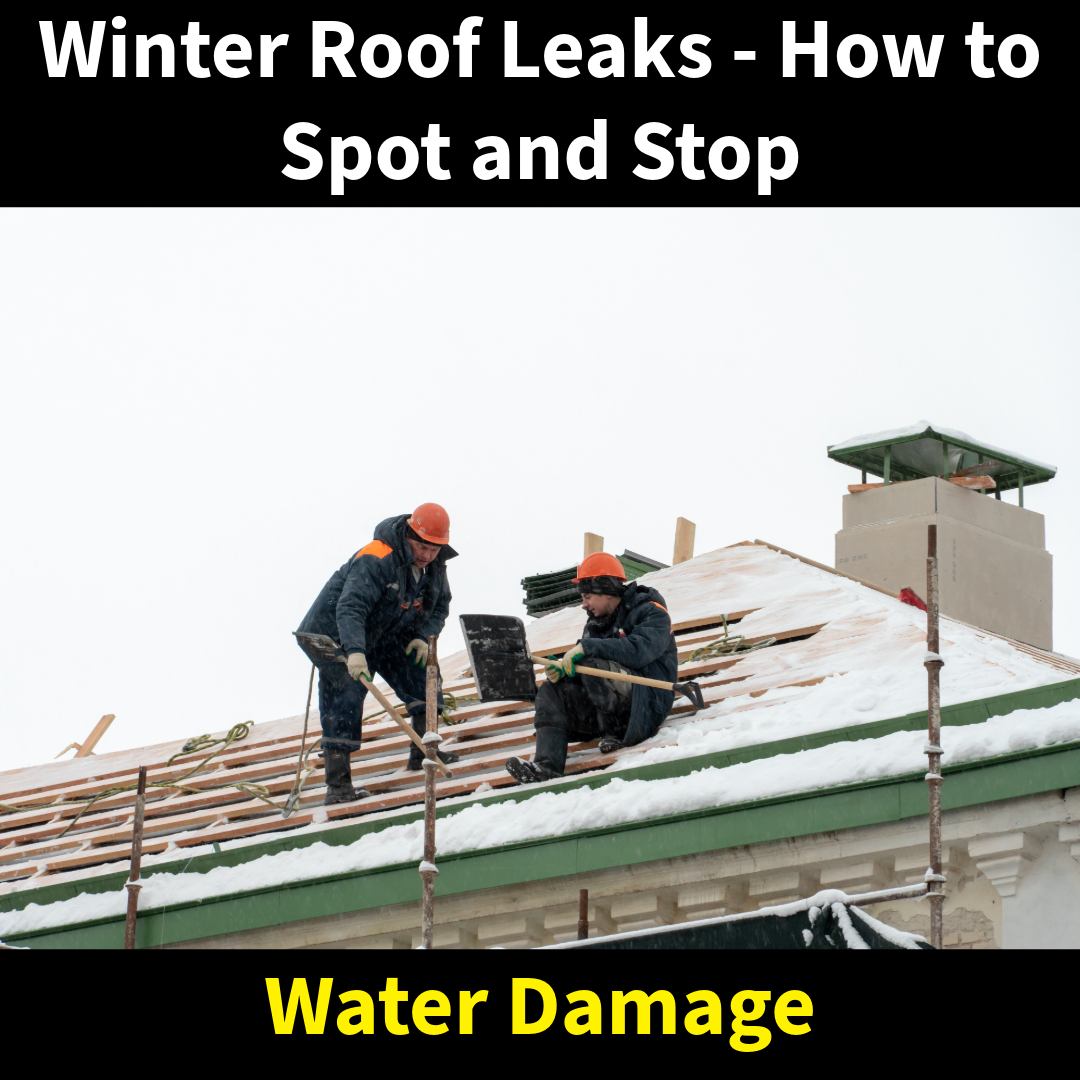As summer gives way to cooler air and falling leaves, your home faces a whole new set of seasonal risks. From hidden leaks to clogged gutters, fall can quietly set the stage for water damage, mold growth, and other issues that are far more expensive to fix once winter hits.
Before you kick back with pumpkin coffee and football, take some time to walk through this fall home checklist. These simple steps can help you avoid major damage — and they’re all based on real conditions we see in homes every fall.
✅ Fall Home Prep Checklist: 10 Must-Do Items
1. Clean Your Gutters and Downspouts
Fallen leaves and debris pile up fast in gutters. When that happens, rainwater can’t drain properly — instead, it overflows and runs down the side of your home or backs up under shingles. This leads to siding damage, roof leaks, and water entering behind walls where mold loves to grow.
2. Inspect Your Roof for Damage
Fall storms bring high winds and driving rain. Now is the time to look for missing shingles, cracked flashing, or any signs of sagging or soft spots. Even a minor roof issue can let water seep in, often unnoticed until it causes a visible stain or mold problem indoors.
3. Seal Foundation Cracks
As temperatures drop, small cracks in your foundation can widen and allow water to seep in — especially when wet leaves pile up around the base of your home. If you have a basement or crawlspace, that moisture becomes trapped air, leading to mold, rot, and poor indoor air quality.
4. Replace HVAC Filters and Check Vents
After running air conditioning all summer, your HVAC system may be full of dust, pollen, and mold spores. Changing the filter improves air quality and helps your heat run more efficiently. While you’re at it, check for any moisture around HVAC ducts, especially in attics or closets — fall is prime time for condensation to start creating problems.
5. Inspect Your Attic for Moisture or Insulation Gaps
Heat rises — and if your attic isn’t sealed properly, warm air escaping into a cool attic can create condensation. Look for damp wood, mold on the roof sheathing, or signs of animal activity. Attic mold is one of the most common issues we get called to inspect after fall transitions.
6. Rake Leaves Away from Your Home’s Perimeter
Don’t let leaves pile up against the foundation. They trap moisture and block natural drainage, which leads to soil saturation and water pushing into the basement or crawlspace. A simple rake job can make all the difference.
7. Test Your Sump Pump & Basement Drainage
Fall rains can be intense — especially after a dry summer. If you have a sump pump, pour water into the pit to ensure it activates and drains properly. Also, make sure exterior grading isn’t sending water toward your home. One failed sump pump can flood a basement in under an hour.
8. Check Fireplaces and Chimneys for Odor or Blockage
Even if you haven’t used it in months, your fireplace can build up soot, puffback residue, or even animal nesting. A blocked flue can push smoke and odor back into your home the first time you light a fire — not to mention serious carbon monoxide risk.
9. Seal Up Windows and Doors
Drafty windows don’t just let in cold air. They let in moisture, which can condense on cold surfaces, rot wood framing, and spark mold growth around sills or baseboards. Caulking, weather stripping, or upgrading insulation now can prevent that damage from showing up in December.
10. Do a Quick Walkaround After Every Fall Storm
Take five minutes after a heavy rain or windstorm to walk your property. Look for standing water, wet siding, roof damage, or water stains. Catching these problems early is what separates a simple fix from a multi-thousand-dollar remediation job.
Final Thoughts
Fall might feel like a calm season, but it quietly introduces some of the biggest threats to your home — from moisture buildup to ventilation issues that go unnoticed until it’s too late. Small problems like clogged gutters or minor leaks have a way of turning into major headaches once the cold sets in.
Taking the time now to prep your home doesn’t just protect your property — it protects your family’s health and peace of mind. And if you ever notice musty odors, unexplained stains, or suspect mold or water damage, MSI is here to help with real answers and reliable service backed by decades of experience.


